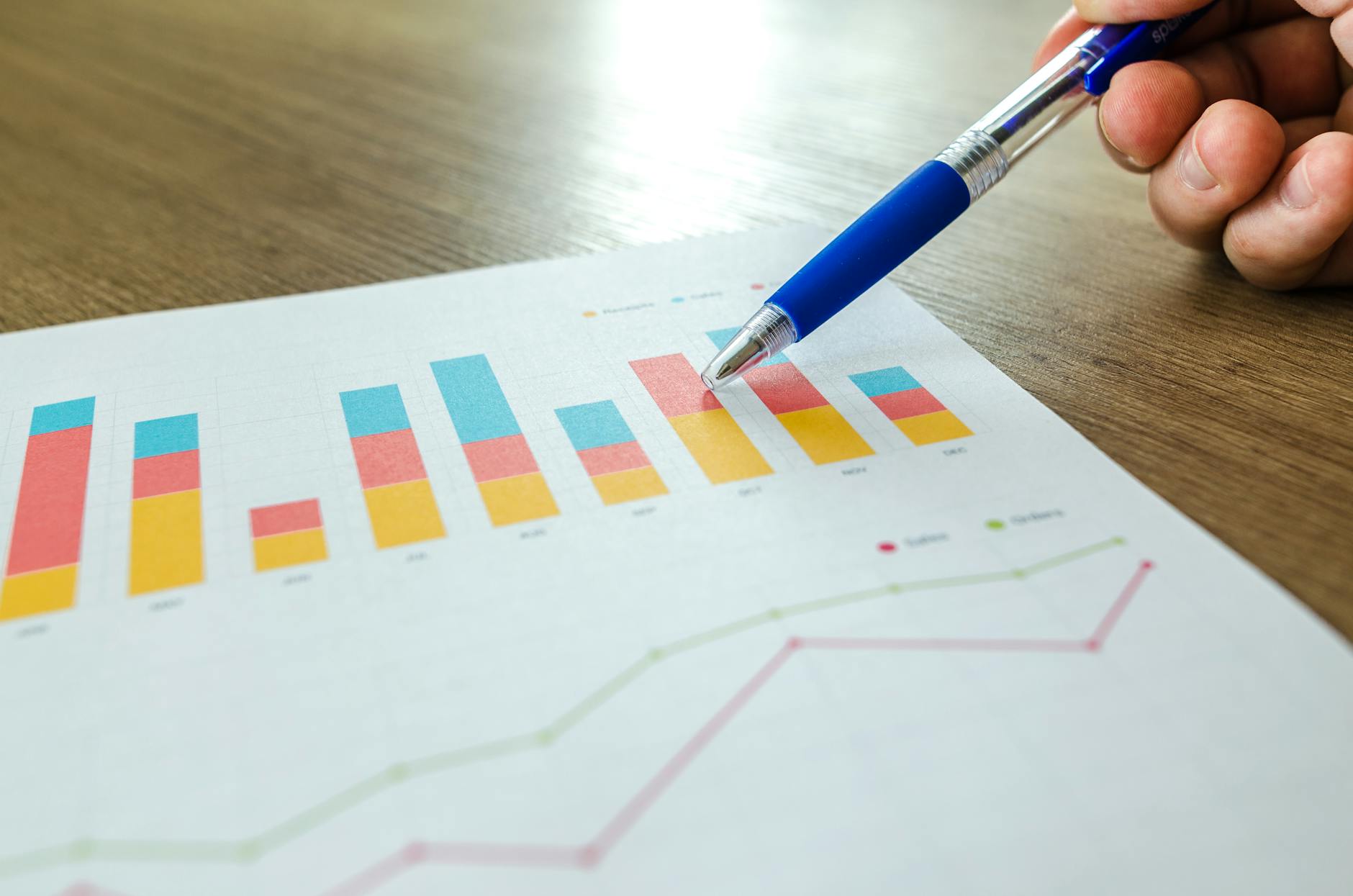Maximizing Cost Optimization with Accounting Analytics
Maximizing cost optimization with accounting analytics is an increasingly critical focus for businesses striving to enhance profitability and maintain competitive advantage. As companies accumulate vast amounts of financial data, leveraging accounting analytics enables a deeper understanding of cost drivers, expenditure patterns, and inefficiencies. This approach goes beyond traditional bookkeeping by applying advanced analytical tools and methodologies to transform raw data into actionable insights. By strategically utilizing accounting analytics, organizations can identify opportunities to reduce waste, optimize resource allocation, and improve financial forecasting accuracy. In this article, we will explore how accounting analytics can be harnessed to maximize cost optimization, discuss key techniques and benefits, and highlight the practical steps companies can take to integrate this powerful approach into their financial management practices.
Understanding the role of accounting analytics in cost optimization
Accounting analytics involves the systematic analysis of financial data to extract meaningful insights related to costs, revenues, and financial performance. Unlike basic accounting records that simply track transactions, accounting analytics digs deeper by applying statistical methods, trend analysis, and predictive modeling. This enables CFOs and finance teams to identify where costs are disproportionately high, patterns of inefficiency, or areas where spending does not align with business outcomes.
Cost optimization through analytics is not merely about cutting expenses but reallocating resources more effectively and making data-driven decisions. By understanding fixed versus variable costs, analyzing departmental expenditures, and correlating costs with business activities, companies can pinpoint areas ripe for improvement. This forms the foundation for subsequent optimization strategies.
Key techniques for leveraging accounting analytics
Several analytical techniques empower organizations to unlock cost-saving insights, including:
- Variance analysis: Comparing actual costs against budgeted or historical costs to spot anomalies.
- Cost driver analysis: Identifying the factors that cause specific costs to rise or fall, such as labor hours or machine usage.
- Trend analysis: Examining cost patterns over time to forecast future spending and identify seasonal fluctuations.
- Predictive modeling: Using historical data to predict future costs and simulate various budget scenarios.
For example, a manufacturing company might use cost driver analysis to realize that overtime labor significantly increases production costs. Armed with this insight, management can adjust scheduling to minimize costly overtime hours without sacrificing output.
Integrating accounting analytics into financial decision-making
To maximize the benefits of accounting analytics, businesses must embed these insights into everyday financial processes. This integration involves:
- Implementing real-time dashboards that visualize cost data for swift decision-making.
- Training finance teams to interpret analytical results and collaborate with operational departments.
- Aligning accounting analytics outcomes with strategic planning, budgeting, and procurement.
By doing so, companies foster a culture of continuous cost review and responsiveness. For instance, procurement teams equipped with analytics can negotiate better supplier contracts based on spending trends and cost-saving opportunities identified through the data.
Measuring the impact and continuous improvement
Once accounting analytics initiatives are underway, measuring their effectiveness is crucial. Key performance indicators (KPIs) such as cost reduction percentages, budget variance improvement, and return on investment from analytics tools help quantify success. The table below illustrates potential KPIs and their relevance:
| KPI | Description | Significance for cost optimization |
|---|---|---|
| Cost reduction (%) | Percentage decrease in total or specific costs over a period | Direct measurement of cost-saving effectiveness |
| Budget variance (%) | Difference between budgeted and actual costs | Indicates accuracy of forecasting and spending control |
| Process efficiency ratio | Comparison of output to input costs | Measures operational productivity improvements |
| Analytics ROI | Return on investment from accounting analytics tools and resources | Evaluates financial benefits of analytics implementation |
Continuous monitoring allows organizations to refine analytical models, address emerging cost issues, and sustain optimization gains over time.
Conclusion
Harnessing accounting analytics is no longer optional but essential for businesses aiming to maximize cost optimization. By uncovering detailed insights into spending behaviors, analyzing cost drivers, and embedding data-driven strategies into financial workflows, companies enhance their ability to control costs without sacrificing quality or growth. The use of techniques such as variance analysis, predictive modeling, and real-time dashboards transforms accounting from a purely transactional function into a strategic asset. Moreover, regularly tracking KPIs ensures that cost optimization efforts remain aligned with business goals and adapt to changing circumstances. Ultimately, embracing accounting analytics empowers organizations to operate more efficiently, improve profitability, and secure a stronger competitive position in their markets.
Image by: Lukas
https://www.pexels.com/@goumbik
editor's pick
latest video
news via inbox
Nulla turp dis cursus. Integer liberos euismod pretium faucibua


